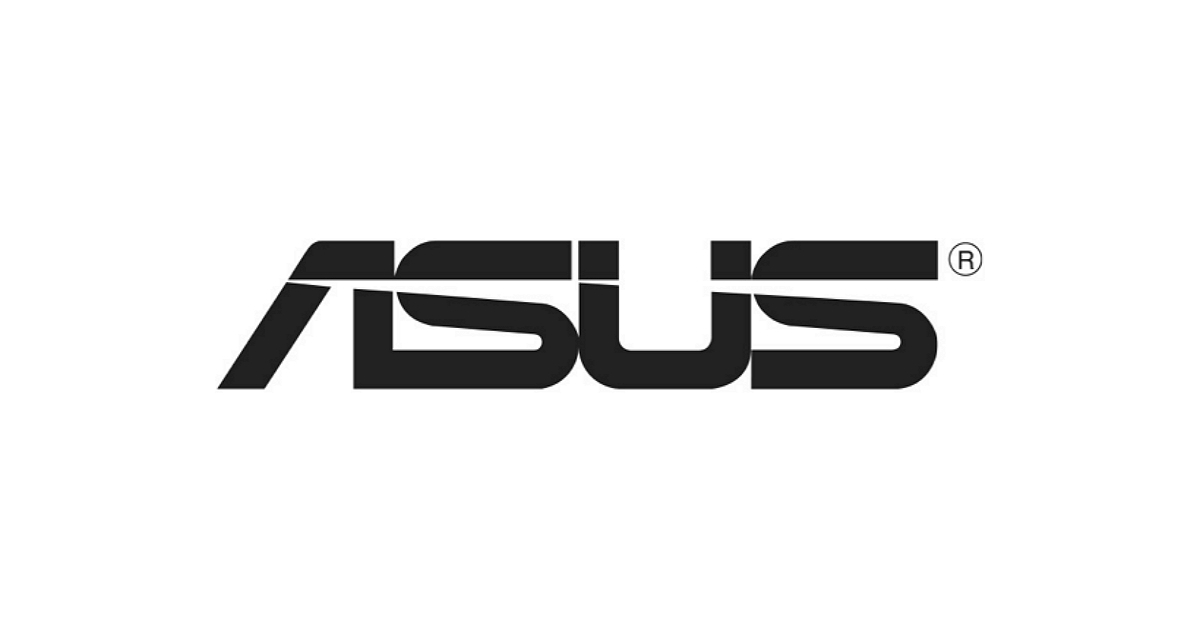Hi all. Sorry for the wall of text in advance.
I'm having trouble with my computer not recognising my new Samsung SSD 980 NVMe M.2 drive. I've read several forum threads that have helped me get through some of my issue, but none were quite identical to my issue and I haven't been able to completely resolve it. Hopefully someone can help.
Here's the parts involved:
I thought I'd done enough due diligence to figure out if it would be a reasonably easy process, but apparently not. On top of everything else, it sounds like my motherboard's specs mean that I wouldn't be getting the full performance out of the drive anyway, but that doesn't bother me too much (unless it's going to perform worse than my current SSD!).
After installing the new SSD drive in the only M.2 port on my motherboard, I booted up my PC and noticed that it wasn't recognising the new drive. I went to Google for answers and that lead me to these forums.
The posts and advice I've found so far have been pretty informative, but there always seems to be a crucial step missing. I consider myself reasonably computer literate, but I only have limited experience tinkering with the BIOS, Windows installation, bootable USB drives, and disk partitioning, so some of these parts go a bit over my head when there aren't clear steps to go through.
I found two posts on this forum that were somewhat similar to mine (same motherboard, similar NVMe drives), but as is always the way, the scenarios weren't exactly the same as mine.
I started with this post and followed the advice of the solution given there. This solution involved creating a Win10 bootable UEFI USB drive, but as I'm coming from Win7 I tried this:
Once I booted back into my usual drive, I found that I now had an unknown "PCI Device" in Device Manager's "Other devices" section. I assume this was due to me turning on M.2 Mode.
I opened up Computer Management > Storage > Disk Management to see if the NVMe was showing up there (perhaps as an unallocated disk), which of course it wasn't.
I found another post here that sounded even closer to my scenario, though this poster was trying to install a Samsung 980 PRO (rather than a straight 980) and had a few other slight differences. I looked at the solution on this post and it sounded similar to the previous one. Again, it referred to using a Windows 10 bootable drive, so I decided to actually try Win10 instead. I tried this:
What am I doing wrong? Is it something to do with the CSM settings? Am I trying to install Windows 10 the wrong way? I would love to finally figure this silly mess out.
I'm having trouble with my computer not recognising my new Samsung SSD 980 NVMe M.2 drive. I've read several forum threads that have helped me get through some of my issue, but none were quite identical to my issue and I haven't been able to completely resolve it. Hopefully someone can help.
Here's the parts involved:
- New drive: Samsung SSD 980 NVMe 1TB
- Motherboard: Asus Z97-A
- OS: Windows 7 Home Premium 64-bit
- Processor: Intel Core i7-4790
- Current Boot Drive: Samsung SSD 850 EVO 250G
- Extra Storage Drive: Seagate ST1000DM003 1TB
I thought I'd done enough due diligence to figure out if it would be a reasonably easy process, but apparently not. On top of everything else, it sounds like my motherboard's specs mean that I wouldn't be getting the full performance out of the drive anyway, but that doesn't bother me too much (unless it's going to perform worse than my current SSD!).
After installing the new SSD drive in the only M.2 port on my motherboard, I booted up my PC and noticed that it wasn't recognising the new drive. I went to Google for answers and that lead me to these forums.
The posts and advice I've found so far have been pretty informative, but there always seems to be a crucial step missing. I consider myself reasonably computer literate, but I only have limited experience tinkering with the BIOS, Windows installation, bootable USB drives, and disk partitioning, so some of these parts go a bit over my head when there aren't clear steps to go through.
I found two posts on this forum that were somewhat similar to mine (same motherboard, similar NVMe drives), but as is always the way, the scenarios weren't exactly the same as mine.
I started with this post and followed the advice of the solution given there. This solution involved creating a Win10 bootable UEFI USB drive, but as I'm coming from Win7 I tried this:
- Downloaded a Windows 7 64-bit installation ISO from Microsoft
- Downloaded and used the Rufus utility to create a bootable UEFI USB drive with Windows 7
- Turned off the PC. Unplugged my SATA drives so only the NVMe was plugged in
- Started up the PC. In the BIOS menu I turned off the Compatibility Support Module (CSM)
- I changed Onboard Devices Configuration > PCI Express from Auto Mode to M.2 Mode (as I read that the PCIEX1_1 slot shares bandwidth with the M.2 port)
- I changed USB from Partial to Full Initialisation (I assumed this would be necessary)
- Inserted bootable USB drive, saved BIOS changes and restarted
Once I booted back into my usual drive, I found that I now had an unknown "PCI Device" in Device Manager's "Other devices" section. I assume this was due to me turning on M.2 Mode.
I opened up Computer Management > Storage > Disk Management to see if the NVMe was showing up there (perhaps as an unallocated disk), which of course it wasn't.
I found another post here that sounded even closer to my scenario, though this poster was trying to install a Samsung 980 PRO (rather than a straight 980) and had a few other slight differences. I looked at the solution on this post and it sounded similar to the previous one. Again, it referred to using a Windows 10 bootable drive, so I decided to actually try Win10 instead. I tried this:
- Used Windows Media Creation Tool to download Windows 10 installation files (I chose "Create installation for another PC") and put them on a fresh USB drive
- Turned off the PC. Unplugged my SATA drives again
- Turned on the PC, disabled the CSM and turned on USB Full Initialisation again
- Inserted the bootable Win10 USB drive, saved and restarted
- The Windows 10 installer came up and asked whether I wanted to do an Upgrade or Custom. It wouldn't let me do an Upgrade using my Win7 product key, so I tried Custom
- The installer asked me to choose a drive, and actualy listed my NVMe SSD (!!!). I chose it and the installer went to work
- After installation, the computer restarted... and returned to the installer screen
- I turned off the computer and removed the USB drive, then turned it back on
- An error was displayed saying that I was using the incorrect boot method, so I opened the BIOS screen and re-enabled the CSM (the NVMe doesn't appear on the BIOS screen anywhere, fwiw), then saved and restarted
What am I doing wrong? Is it something to do with the CSM settings? Am I trying to install Windows 10 the wrong way? I would love to finally figure this silly mess out.




